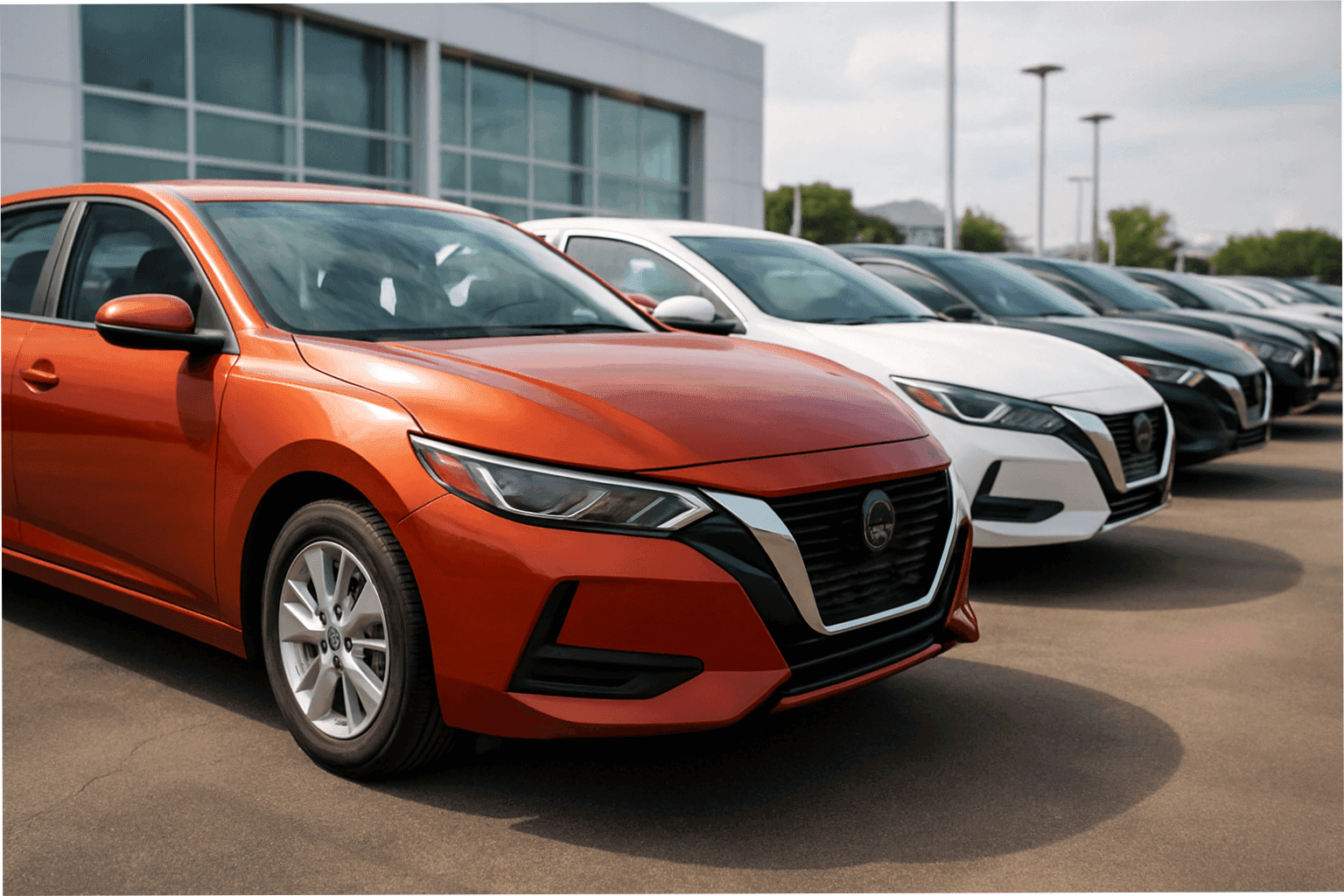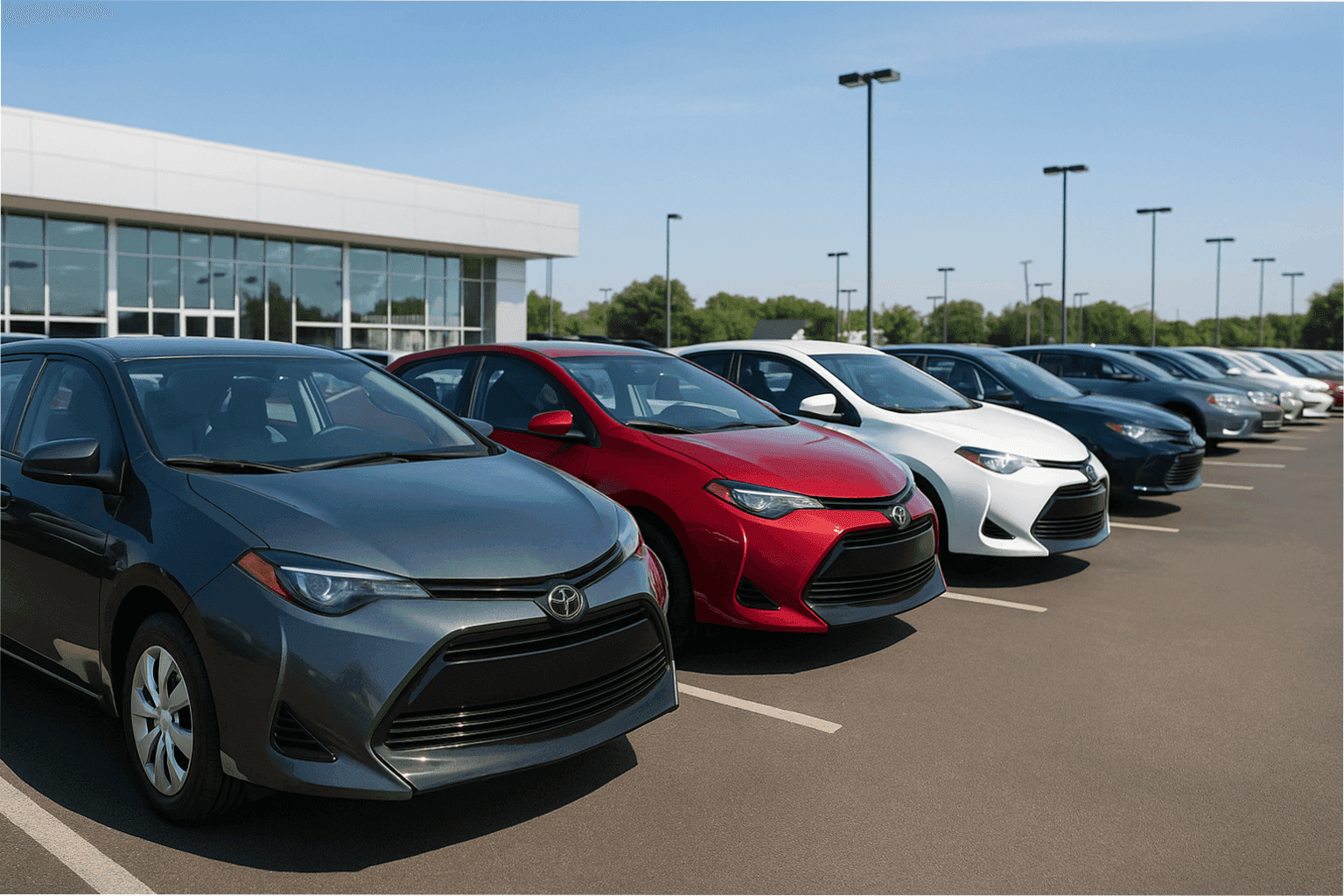What Will Happen to New Car Prices in 2026?
A Detailed Forecast of U.S. New Vehicle Pricing, Market Forces, and Buyer Expectations

The U.S. new-car market is entering one of the most uncertain but pivotal transitions of the decade. After several years of record-high prices, supply chain shocks, EV overproduction, and rising interest rates, both automakers and consumers are asking the same question: Will new car prices finally drop in 2026 — or continue rising?
Here is a data-driven, realistic, and actionable forecast for what buyers should expect in 2026.
Current Pricing Context: The Starting Point for 2026
Before forecasting, it’s important to understand where the market stands today.
The average new vehicle price in 2025 remains around $48,000–$49,000.
Despite stabilized supply chains, prices have not returned to pre-2020 levels.
High interest rates continue to push many buyers out of the new-car market.
EV inventories are overflowing, while hybrid demand is surging.
Automakers are restructuring production strategies for profitability, not volume.
Все эти факторы формируют основу для ценовых трендов 2026 года.
Will New Car Prices Fall in 2026?
Short Answer: A Small Decline Is Expected — But No Collapse
Analysts expect 2–4% price reductions in 2026 for certain categories, but not across the entire market. Any price drops will be segment-specific, not industry-wide.
Segments Where Prices Will Likely Decrease in 2026
Electric Vehicles (EVs)
Electric cars remain the most oversupplied segment in the U.S. market.
Why EV prices will drop further:
Manufacturers overestimated EV demand.
Some EV tax incentives are expiring or changing.
Consumers prefer hybrids due to charging and maintenance concerns.
Competition is intensifying as new brands enter the U.S. market in 2026.
Used EV prices are already down 20–40%, forcing new EV prices downward.
Expected price drop:
5–10% on average, more for slow-selling models.
Sedans and Compact Cars
These models are less profitable for automakers, but they attract cost-sensitive buyers.
Why prices may decrease:
Demand is slowly returning as buyers avoid SUVs due to cost.
Manufacturers want to keep this segment attractive for first-time buyers.
Competition between Toyota, Honda, Hyundai, and Nissan is intensifying.
Expected price drop:
2–5%, especially in entry-level models.
Segments Where Prices Will Rise in 2026
SUVs and Crossovers
Despite high prices, SUVs remain the strongest-selling category in the U.S.
Why SUV prices will increase:
High demand and strong margins.
High production cost for safety and tech features.
Limited competition in affordable SUV pricing.
Continued shift away from sedans and hatchbacks.
Expected price increase:
1–3%, depending on trim and brand.
Pickup Trucks
Pickups remain one of the most profitable segments for U.S. automakers.
Why truck prices go up:
Fleet demand is strong.
Work and commercial vehicles remain in short supply.
Diesel and hybrid truck development increases production costs.
Luxury pickup trims continue to grow in popularity.
Expected price increase:
2–4%, especially for mid- and high-end trims.
Key Reasons Behind the 2026 Pricing Trends
Interest Rate Adjustments
If the Federal Reserve reduces interest rates in 2025–2026, this may:
Increase demand
Push manufacturers to reduce prices slightly
Restore incentive programs eliminated during shortages
Lower rates mean cheaper monthly payments — the biggest factor for U.S. buyers.
Normalized Supply Chains
By 2026, global automotive supply should be fully recovered.
What this means:
More predictable production
Fewer shortages
Less need for markups
Better inventory balance
This reduces pressure on MSRP inflation.
Slower EV Adoption
As EV demand cools:
Manufacturers will cut prices to move inventory
Rebates and dealer incentives will increase
Less-popular EV models will receive aggressive discounting
This segment is the biggest driver of downward pricing pressure.
Rising Production Costs
Despite some positive trends, manufacturing remains expensive:
Batteries
Semiconductor technology
ADAS and AI safety systems
Labor costs
Regulatory compliance
This limits how much manufacturers can lower prices.
Will Automakers Bring Back Discounts in 2026?
Yes — incentives are already returning in 2025 and will expand in 2026.
Expect:
Cash-back offers
Low-APR financing
Loyalty discounts
Dealer markdowns
Lease specials
Lease deals will likely become much more attractive due to stabilized residual values.
Forecast Summary: What Buyers Should Expect in 2026
Prices will slightly decrease in:
EVs (5–10% down)
Sedans (2–5% down)
Older-tech models
Brands with high inventory (Ford, GM, VW, Hyundai, Nissan)
Prices will slightly increase in:
SUVs and crossovers (1–3%)
Pickup trucks (2–4%)
Luxury models
Hybrids (due to high demand)
Overall:
The U.S. new-car market in 2026 will shift toward stabilization, not aggressive price drops. Buyers will get better incentives, more negotiating power, and more inventory, but the era of “cheap new cars” is not returning.
More from Car Market

What’s Happening in the U.S. Car Market Right Now: Price Trends, Demand Shifts, and Key Reasons Behind Them
A 2025 Deep Dive Into Pricing Dynamics, Market Behavior, and Consumer Demand
21.11.2025 13:23
Where Is It Most Cost-Effective to Buy a Car in the U.S. in 2025?
A Deep, State-by-State Breakdown of Pricing, Taxes, Market Trends, and Real Savings
21.11.2025 11:09